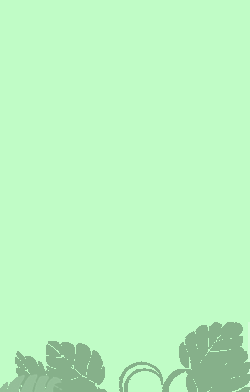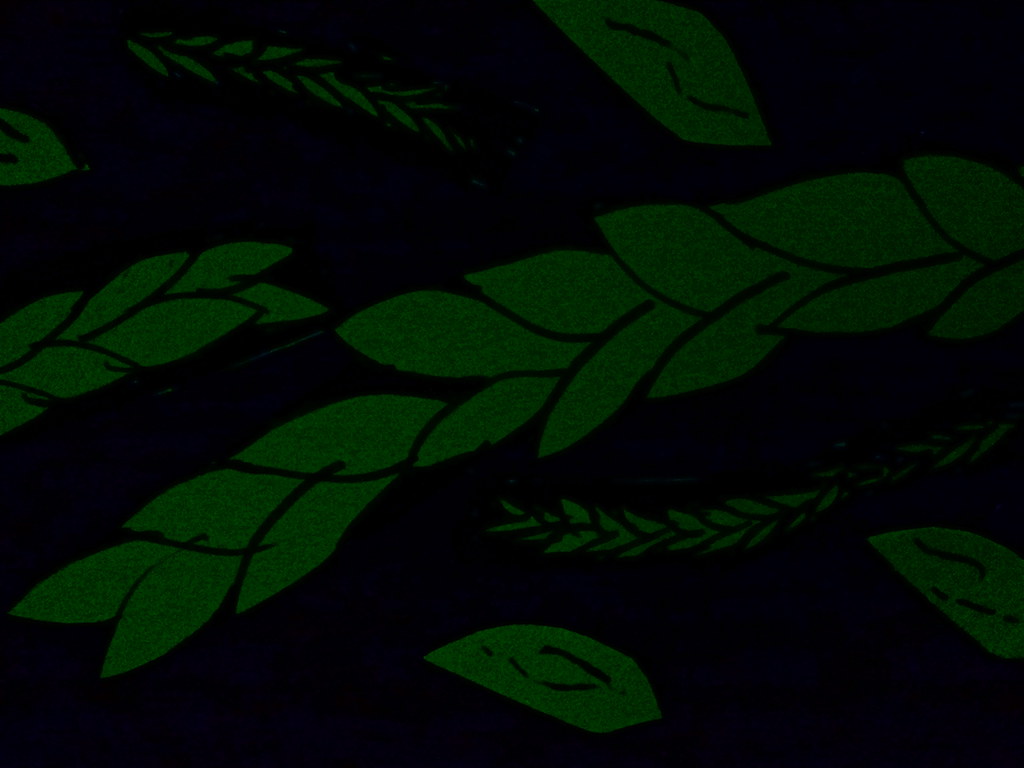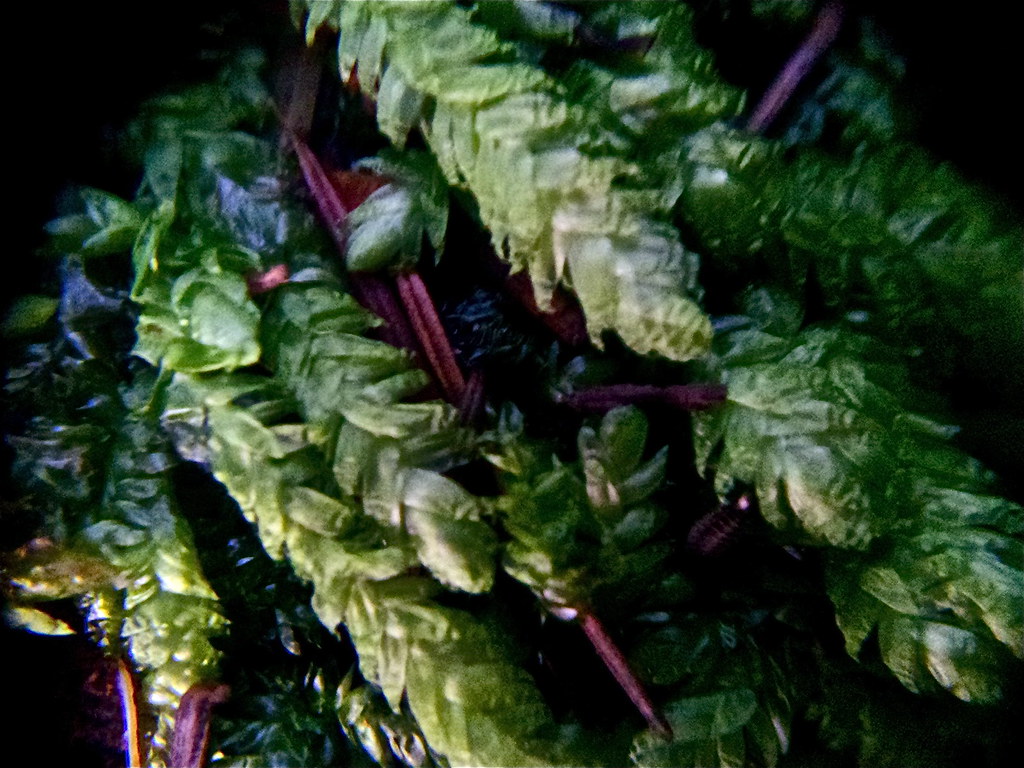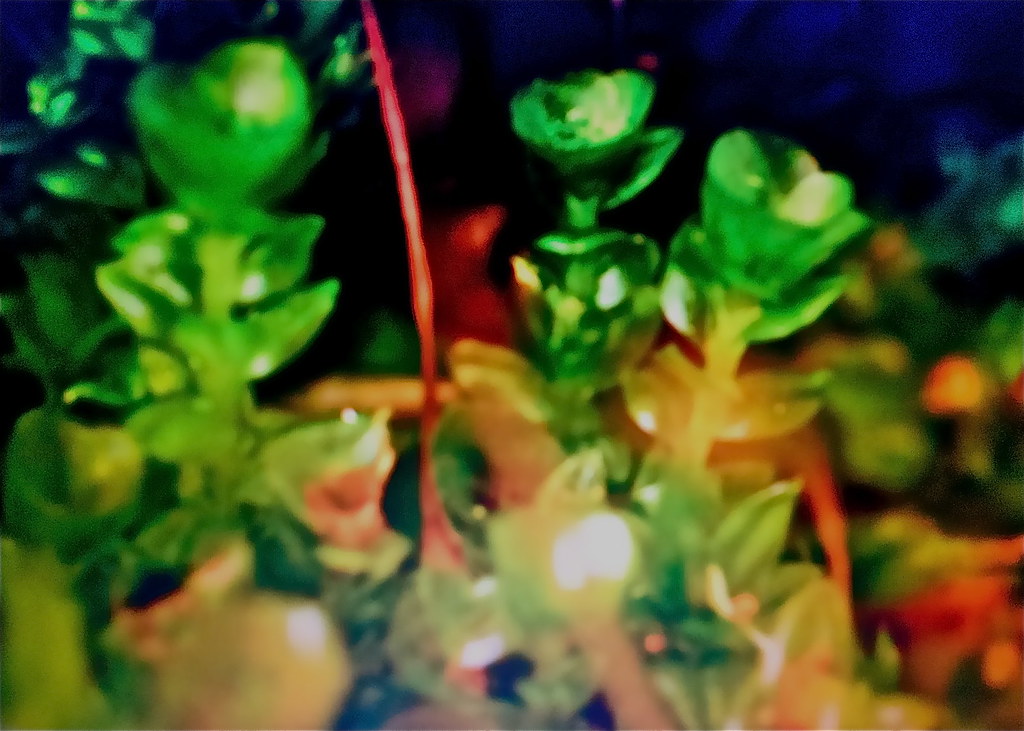DIY Cards

Elegant Silk-Moss
Pseudotaxiphyllum elegans


FACT: Their common name is given due to their very shiny shoots. Do not be fooled by their leaf arrangement! Their leaves appear to be arranged in two rows however they are actually spirally arranged. Able to grow on acidic banks.

Snake Moss
Buckiella undulata


FACT: Produces wavy (undulated) leaves which corresponds to their genus undulata. Can be found covering a wide variety of substrates in coniferous forests or along streams.

Lantern Moss
Andreaea nivalis


FACT: This moss’ common name arose from the appearance of their sporangium taking on a lantern appearance when the sporangium is expanded.When the sporangium dries up it expands, and gaps form where the 4 lines of dehiscence are located, allowing spores to be released.

Four-toothed Wonder Moss
Tetraphis pellucida


FACT: This moss is able to rapidly colonize disturbed sites in two ways: fragmentation and gemmae production via a splash cup gemmiferous shoots, especially in areas where decaying logs are found. However, when dominant competitors appear, like Rhizomnium glabrescens, their sporophytes develop and help propagate them for long range dispersal!

Grey Cushioned Grimmia
Grimmia pulvinata


FACT: This common moss forms hoary, greyish-green cushions. The greyish colour is due to the abundance of hair points that reflect light and decrease precipitation. The sporangia are typically nodding due to the bent setae, and young sporophytes tend to be tucked into the gametophytic cushion.

Rough Moss
Claopodium crispifolium


FACT: Forms moderately dense, dull, yellow-green mats over the substratum. A useful field character for recognizing this species is the chartreuse yellow tint of the shoot tips which often contrasts strikingly with the darker, older proximal portions of the plants.